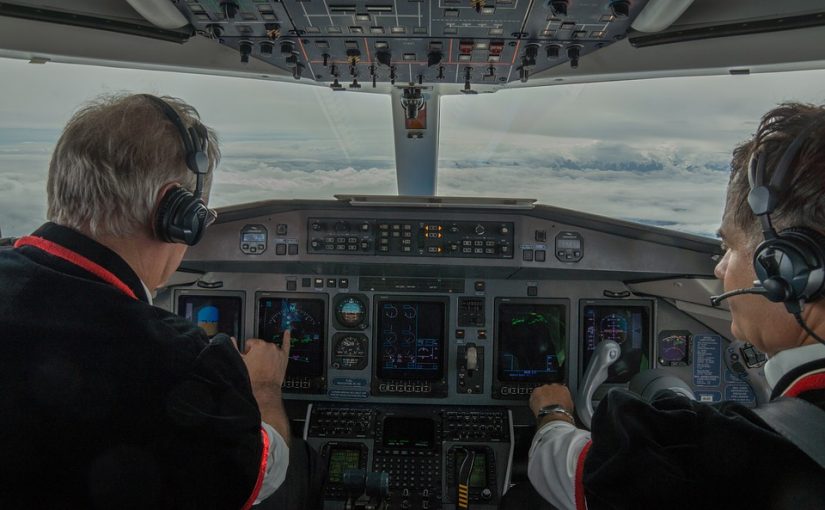What is EFIS Aircraft:
Many people across the world do not know or even understand what the function of EFIS Aircraft is in the aviation industry and how much safer they are today in-flight because of EFIS. EFIS is the abbreviation for Electronic Flight Instrument System (EFIS) which uses electronic rather than electromagnetic displays for all modern aircraft.
Many different types of aircraft use many different types of EFIS, for example, a small light aircraft might use only one display whereas the larger commercial aircraft might use from 6 or more displays also using many different types of EFIS systems.
Even though the smaller craft has the one display unit, because of the complexity of EFIS, all information that is relevant for that specific aircraft and it’s safety, will be on that display
Installing the EFIS aircraft a certain sequence is followed:
• Displays
• Controls
• Data processors
The different aspects of EFIS and how it helps the aircraft’s captain:
During different stages of the flight, whether local or international, the pilots need access to different aspects of data for different flight times and where they are as well as per different stages of flight.
The brilliance of EFIS is it will allow the pilot to access or view that data as per his flight plan. Known as the clutter factor, as it removes all unnecessary or unneeded data and hides it and only displays that data when needed, but automatically as per each type of aircraft and its avionics.
With this system that aids the pilot not only to fly safely and economically, it is also a useful tool for example, if there is an instrument failure for the system that handles the retracting the wheels and because of the instrument failure there is no indication to the pilot, that there is a failure.
The pilot feels a vibration but has no idea where or how EFIS will assist not only letting the pilot know what’s wrong but also what he should correct the problem and guides the pilot monitoring the situation all while still displaying all relevant data needed.
Most airliners had EFIS installed as standard equipment in the late 1980s and only in the 1990s did it reach the smaller business aircraft market and then they also started using it as standard equipment.
With a simple double screen EFIS installation, the pilot has available a degree of redundancy. This is done by switching data from the failed display to another screen that is not in use at the time.
